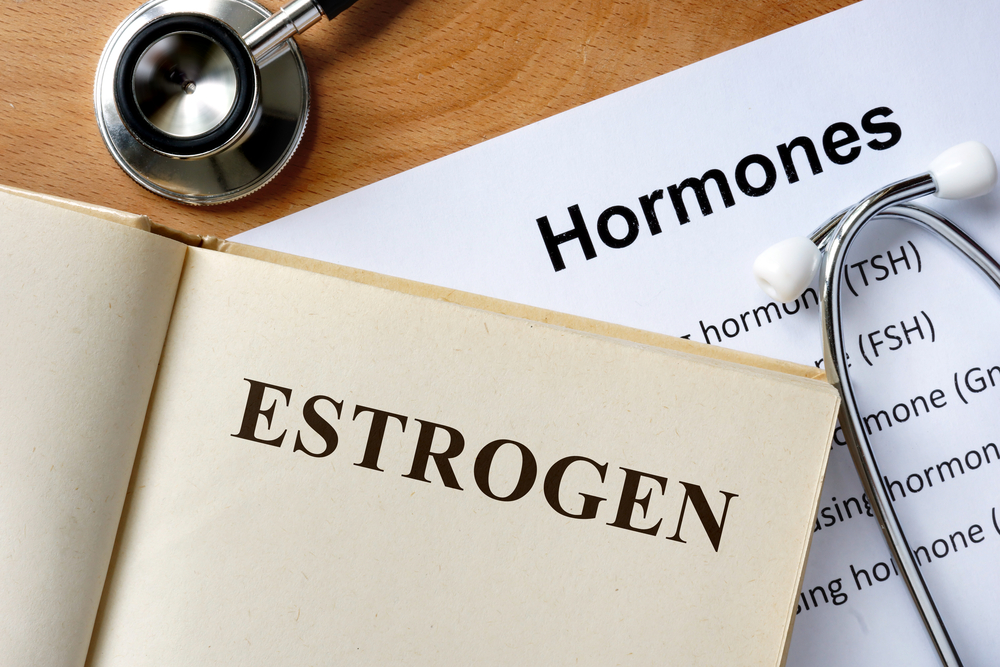Endometriosis and breast cancer are two very frequent diseases with some common risk factors including their hormone dependency. Namely, estrogen hormone equilibrium disorders might cause both diseases. There are several substances known as endocrine disruptors that alter human hormone regulation, some of them mimicking natural estrogen.
These endocrine disruptors are found in several consumer products including pesticides, building materials, automobile parts, clothing, food packaging, toys, and medical devices. Human exposure may come from contaminated food during food processing at factories, or from packaging materials and cosmetic products. Examples of these chemicals are polychlorinated biphenyls, bisphenols, and phthalates.
Researchers from the Florida International University, Miami, have recently published a study in the International Journal of Molecular Sciences entitled “Integrated Bioinformatics, Environmental Epidemiologic and Genomic Approaches to Identify Environmental and Molecular Links between Endometriosis and Breast Cancer” which aims to find an integrated approach to study the relationship between endocrine disruptor substances and both endometriosis and breast cancer.
Main author Dr. Deodutta Roy and the team of investigators conducted a meta-analysis (i.e., a calculation of the effect based in all available evidence published, the best form of study available), using bioinformatics tools to assess the effect of estrogen on the most commonly studied endocrine disruptors. The team found that bisphenol A, dibutyl phthalate, diethylhexyl Phthalate, and polychlorinated biphenyls congeners all had the potential to disrupt estrogenic function, a finding that was consistent with previous reports.
Moreover, the team showed that all these substances affect gene expression and are associated with breast cancer. Likewise, there are several published studies that reveal endocrine disruptors exposure to be associated with a two-fold increase in endometriosis risk.
Authors state that their study used an integrative approach to find a link between endocrine disruptors and an increase in the risk of both endometriosis and breast cancer, at least partly as a result of common molecular pathways causing these diseases. Since both conditions are associated with higher that normal estrogenic influences, it is possible that exposure to estrogen mimicking chemicals might be partly to blame for their development. Using bioinformatics and meta-analysis approaches may result in novel hypotheses to explain the complex onset of both diseases, possibly aiding in the design of future clinical studies.

